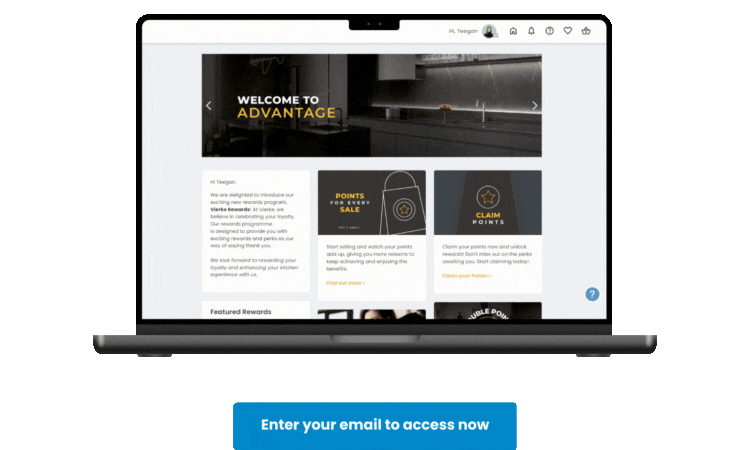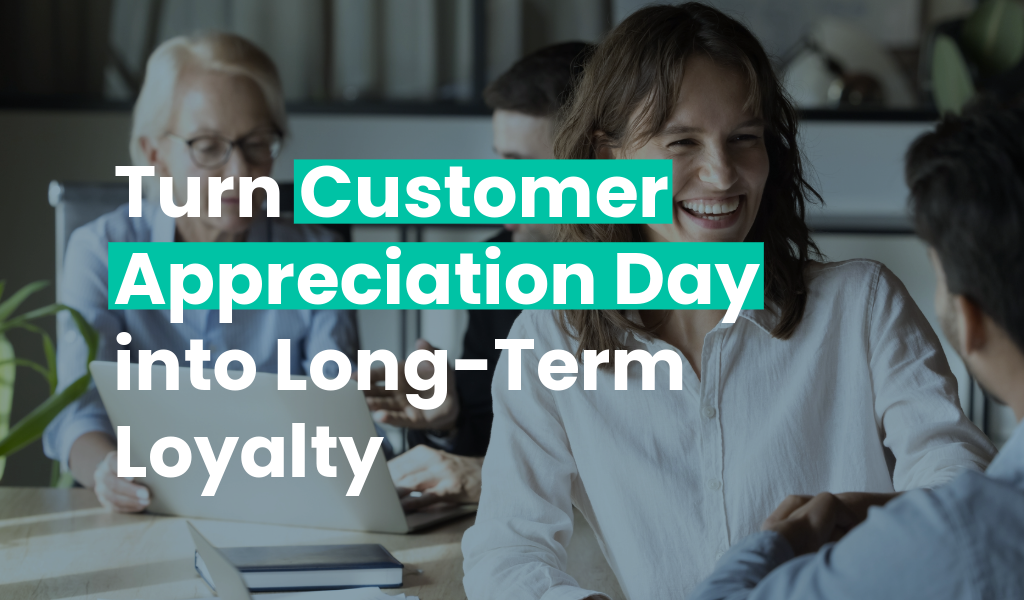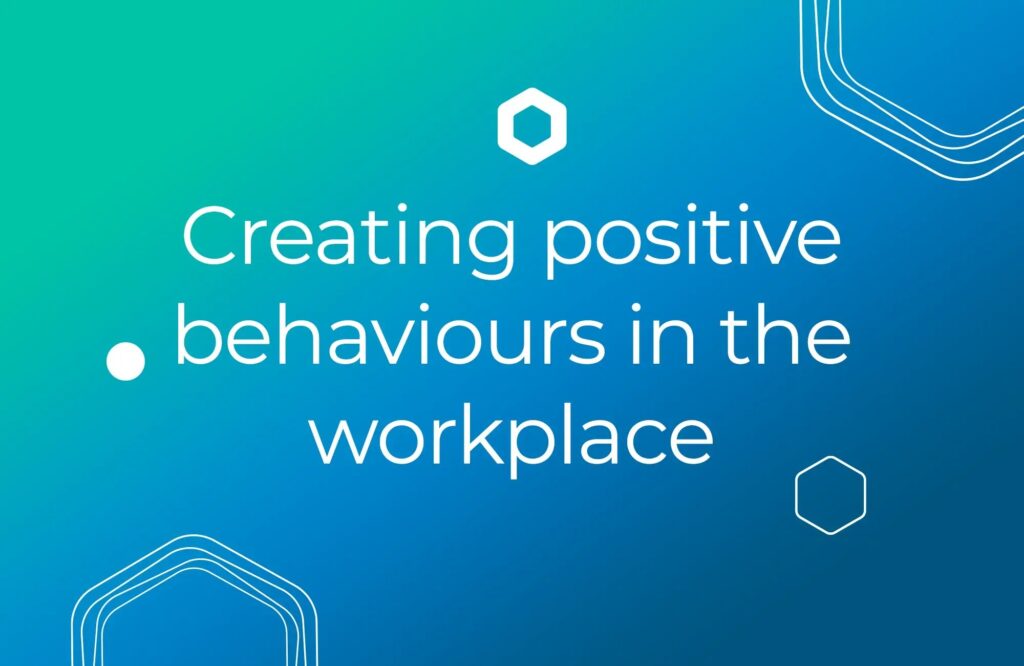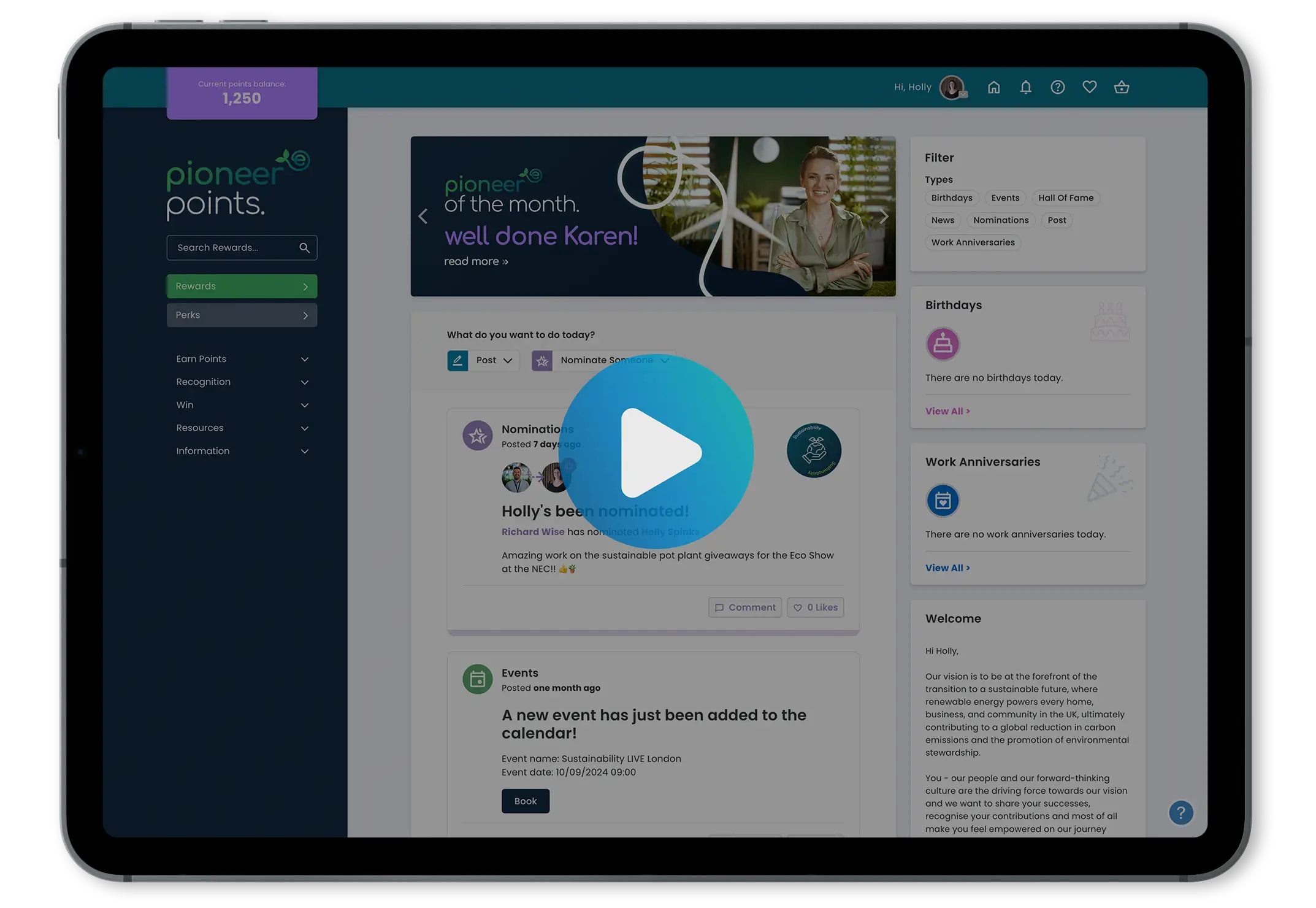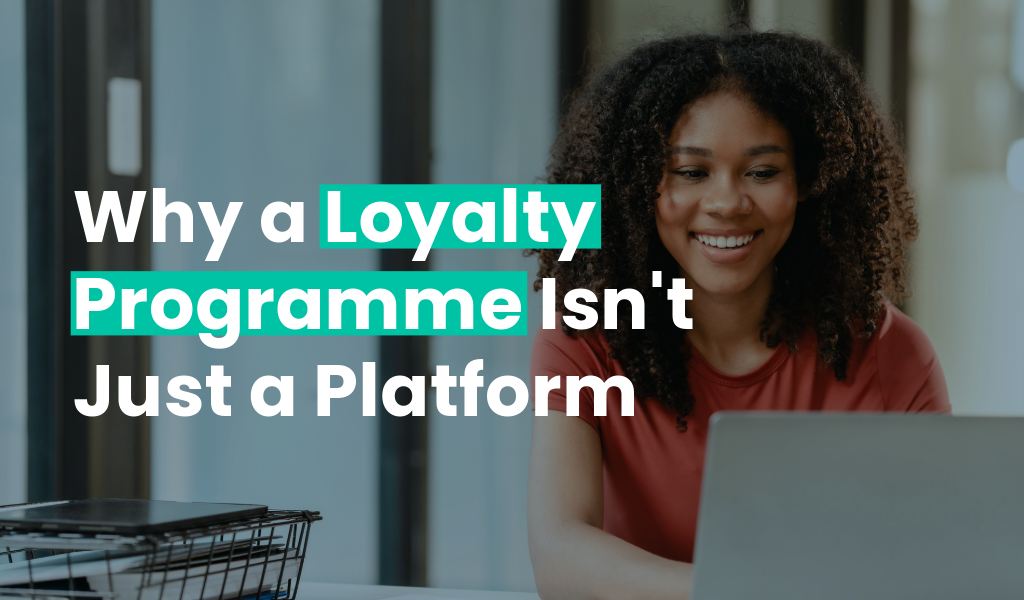


Let’s be honest, a lot of brands say they have a loyalty programme. But more often than not, it’s really just a spreadsheet in disguise. Maybe there’s a login page, a few gift cards, a sprinkle of discounts, and a “members area” that hasn’t seen much love since launch.
But here’s the thing: if your loyalty programme feels more like a platform than a people-first experience, you might be selling it (and yourself) short. It’s not just about tech, it’s about connection, value and rewarding relationships that matter.
Loyalty Isn’t a Tech Stack. It’s an Engagement Machine.
You can’t just launch a loyalty programme and expect customers to fall in love with it. People don’t stay loyal to silence. They join for value, yes, but they stay because of how you make them feel. If your programme isn’t communicating, engaging and keeping the relationship alive, your path to loyalty could take a lot longer.
And many organisations already know this. Across sectors, from automotive and manufacturing, to tech, telco, and financial services, loyalty is no longer being treated as a box-ticking platform. It’s evolving into a branded experience with personality, relevance and value baked into every interaction.
Amanda Cromhout, in her book Blind Loyalty: 101 Loyalty Concepts Radically Simplified, underscores that loyalty needs to be human, not just digital. She encourages brands to shift their mindset from transaction-focused to emotionally connected, where communication becomes the core strategy, not a last-minute add-on.
No Consistency = No Connection = No Loyalty
Running a loyalty programme without consistent touchpoints is like being in a one-sided relationship — unpredictable, unsatisfying, and short-lived. If you’re not showing up regularly, why would your members?
This is why consistency is the glue. It’s about building a cadence, a drumbeat of engagement. We’re talking gamification, creative promos, interactive competitions, quirky quizzes, the tools that drive energy into your programme and make members want to keep coming back. These touchpoints aren’t ‘nice to have’, they’re engagement triggers.
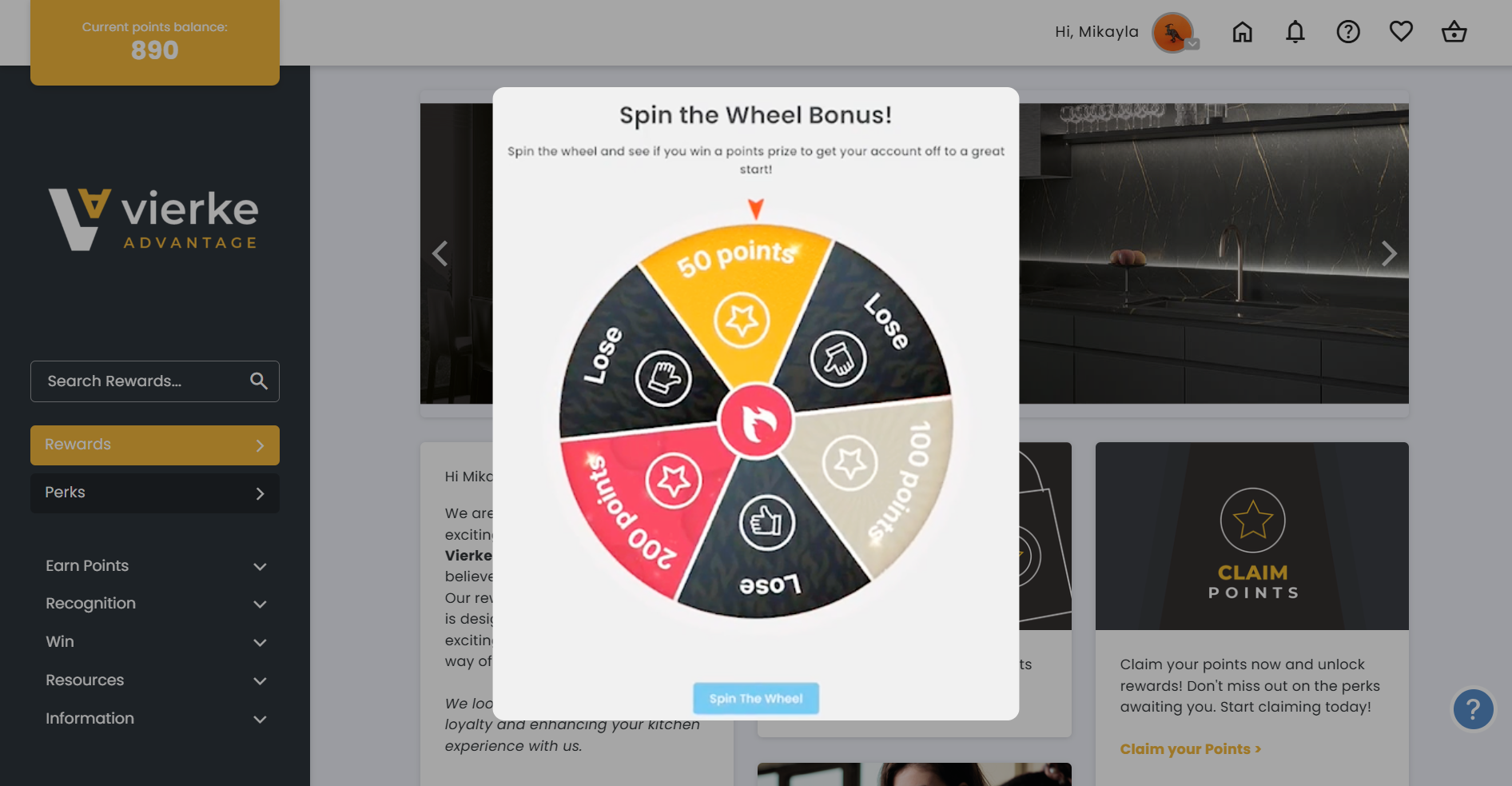
Need proof? A 2024 report from the Australian Loyalty Association found that programmes incorporating gamification into their loyalty strategies see a 47% rise in engagement, a 22% rise in brand loyalty, and a 15% rise in brand awareness. Translation: communication works and other organisations are already putting it to use.
Cromhout reinforces this with a simple truth: members who feel connected stay longer. And that connection? It’s built on meaningful, two-way communication, not just points and silence.
From Mercenary Loyalty to Embedded Loyalty
Mercenary loyalty is shallow. “You give me rewards, I’ll stick around… until someone else gives me more.” That’s not loyalty, that’s a pricing game.
You want members to shift from passive collectors to proactive advocates? That doesn’t happen in a quiet dashboard. It happens through conversations, content, competitions and community. Cromhout calls this the “humanisation of loyalty” and she’s right. Brands that communicate well create loyalty that’s hard to shake.
And the shift is happening. It’s not the platform that’s keeping them, it’s the relationship.
So… How’s Your Loyalty Programme Really Doing?
Here’s the acid test: if you turned off your loyalty programme tomorrow, would anyone notice?
If the answer isn’t a confident “Absolutely!”, then your loyalty strategy might be missing the mark. And often, that starts with a lack of communication. Because loyalty isn’t built on systems, it’s built on engagement, visibility, conversation and connection. If your programme isn’t showing up and standing out, it’s not building loyalty. It’s just coasting.
Want to stop running a loyalty programme and start building a loyal community? Let’s talk.



